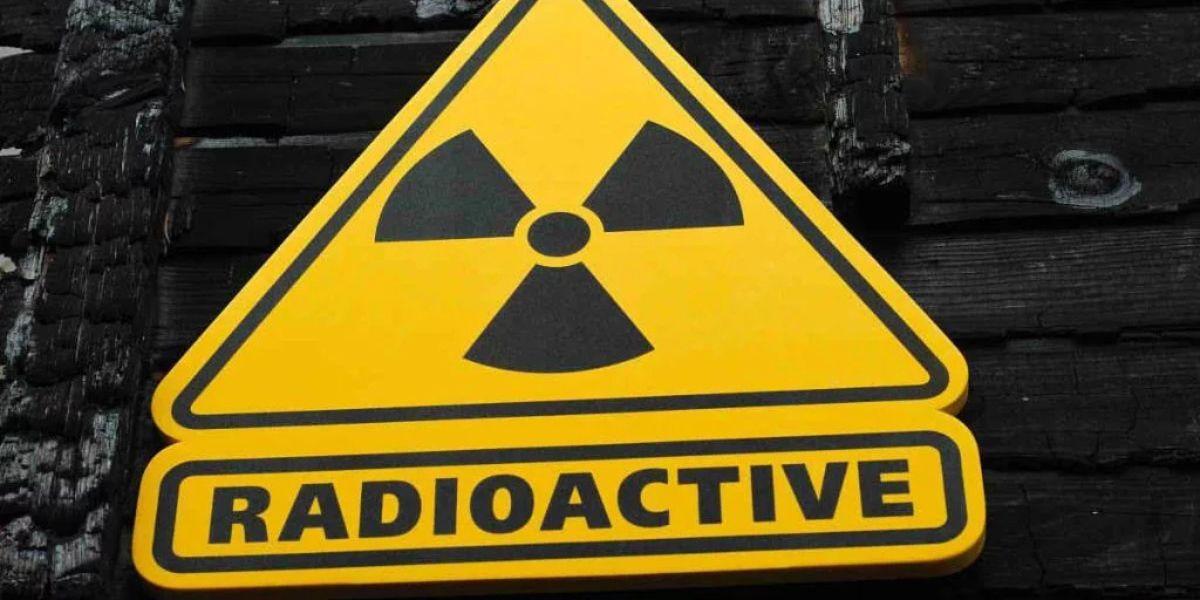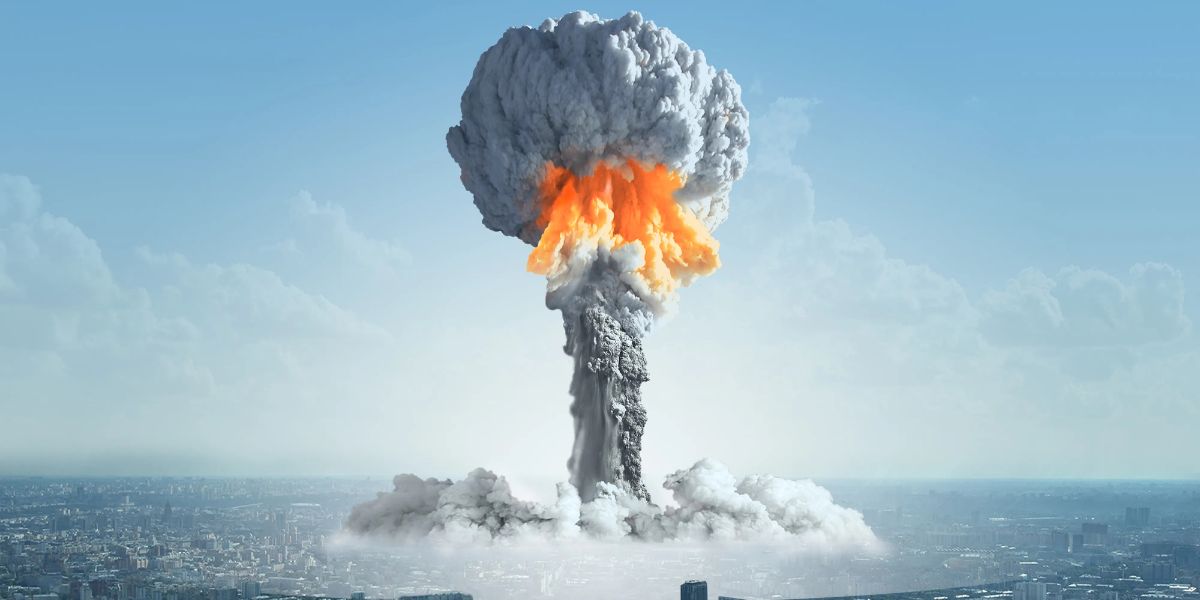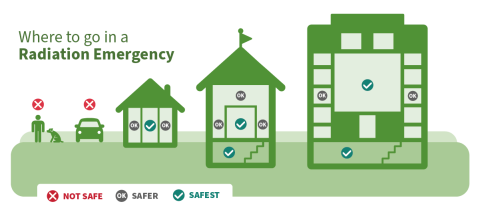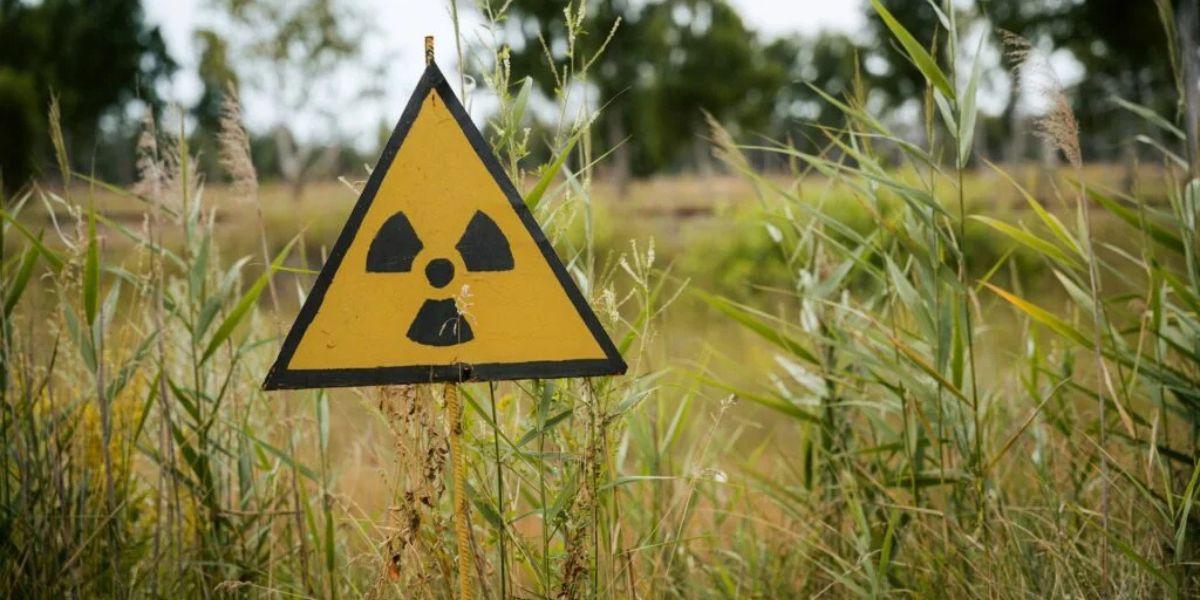Governments around the world have warned their citizens after Russian President Vladimir Putin threatened to use nuclear weapons against countries that oppose or challenge him. In response to raising concerns about nuclear threats, the Federal Emergency Management Agency (FEMA) has updated the third edition of its training guide, in order to cover wider range of nuclear detonations, including larger explosions and air detonations in their teachings.
FEMA explained safety measures through zoning methods
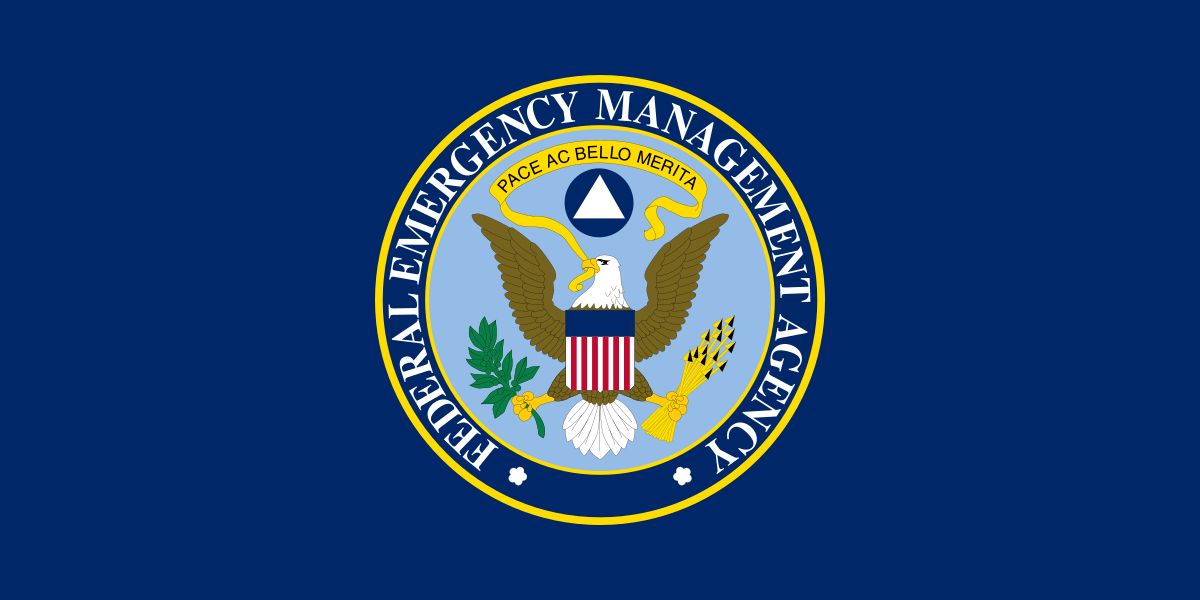
FEMA explained various precautionary measures using zoning methods. In their guidelines, they specified where people should move to stay safe during nuclear explosion by dividing areas into zones based of danger level – the less dangerous zone i.e., Light Danger Zone (LDZ) and the more harmful one, the Dangerous Radiation Zone (DRZ). The guidelines help people on how to evacuate these zones to protect themselves.
What is a Light Danger Zone?
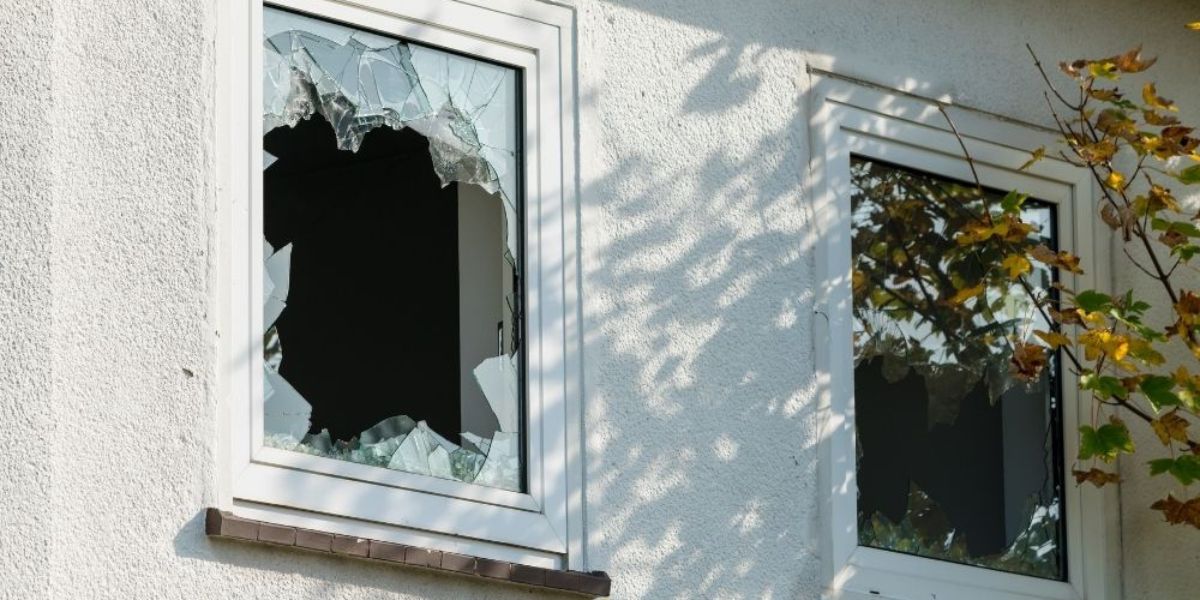
According to FEMA, Light Danger Zone is the area where the force of explosion can break the glass windows injuring people nearby. While the building in this zone may be damaged externally, only few will few will experience structural damage.
Level of damage in LDZ
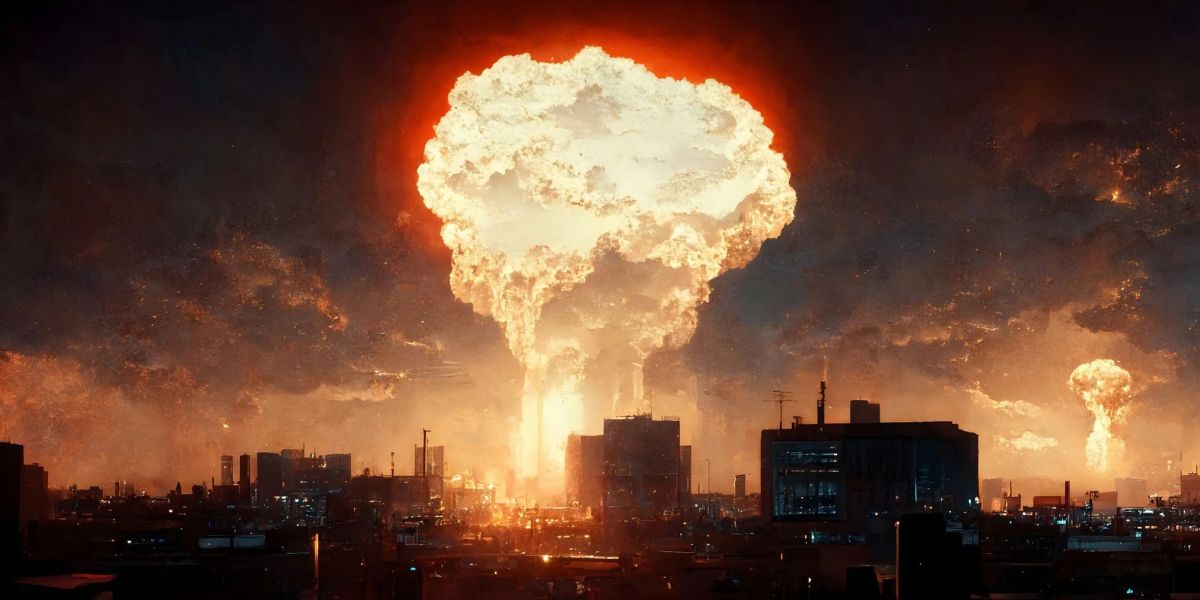
However, LDZ can stretch up to three miles from ground zero of a 10 kT nuclear explosion. The level of damage may differ as the shock wave bounce off the atmosphere, nearby buildings and terrain. In this zone, weaker buildings may be damaged and people are likely to get hurt.
Radiations in LDZ
Radiations in this zone depends on how close the explosion is to the ground. In this zone, radiation levels near ground zero increase if the explosion is close to the surface. However, usually, initial radiation isn’t strong enough to cause harm to people, even if they are outside, unless the explosion is very small, i.e., less than 1 kiloton.
What to do during an attack?
People are advised to stay in basements or the middle of large concrete or brick buildings, during an attack.
10-minute window to find a safe place
After the explosion, there will be a 10-minute window to find a safe place before radioactive fallout reaches the area. People are advised to stay indoors for up to 24 hours unless authorities give further instructions to leave due to immediate dangers like building collapse or other threats.
Responders in DRZ
Responders must check radiation levels and avoid the Dangerous Radiation Zone (DRZ). In case of emergency, they suggest everyone affected to cooperate. They will manage fire, clear evacuation routes and treat those who are injured, but will not stop anyone from leaving on their own if they want to self-evacuate.
Although evacuation is not needed to reduce radiation risk, it may be needed to unsafe living conditions like fire, smoke, medical emergencies or weather.

